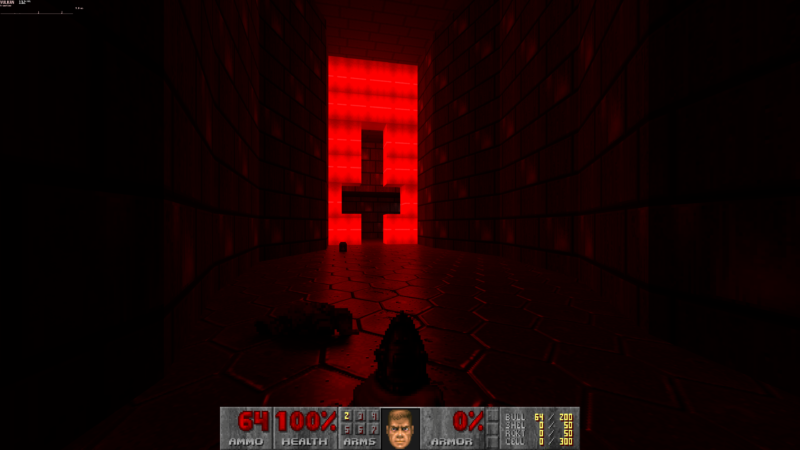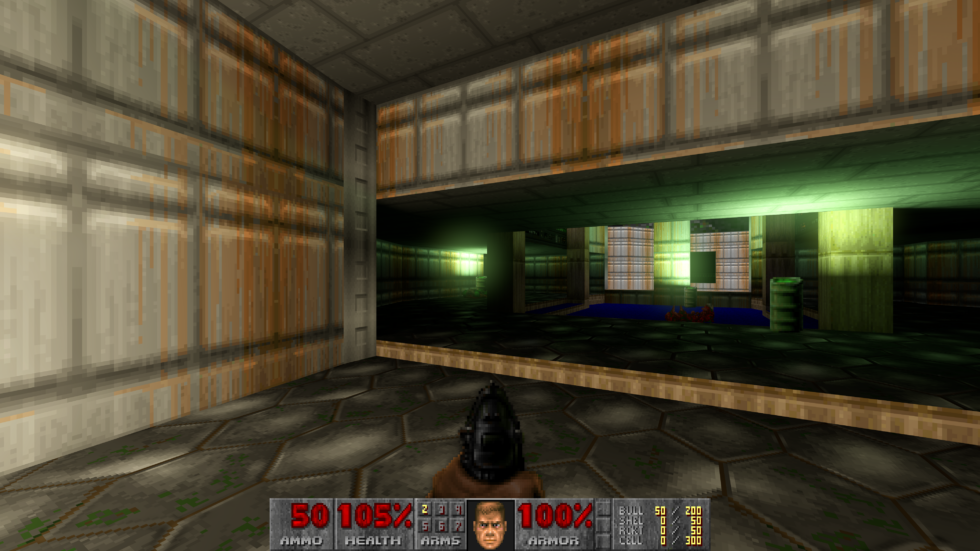“Can it run Doom” will never be the same, thanks to new ray-tracing mod

Enlarge / E2M1 has never looked so cool. Welcome to the ray-traced Doom experience. (credit: id Software)
Since the launch of Quake II RTX in 2019, fans have kept their eyes peeled for similar ray- and path-tracing updates for other classic '90s shooters. It's fertile upgrade territory, since modern machines push vanilla versions of Doom and Quake to over 1,000 fps by default-that's wiggle room for computationally expensive lighting techniques-but those games's official handlers haven't really moved the ray-tracing needle.
Instead, Friday's good news comes from the Doom community: The first three episodes of Doom 1 (1993) can now be played with top-to-bottom ray tracing enabled. Yes, I know, I see the date at the top of this article, but I swear: I installed and tested Doom within the new PRBoom+RT engine, and the results have not only looked quite good but felt surprisingly performative.

E1M1 hits differently with ray tracing enabled. (Note: This is with bloom set to its default, overwhelming setting. This looks even better with bloom toned down.)
That is helped in large part by native support within the new engine for both Nvidia DLSS and AMD FSR. While you wouldn't need either to run vanilla Doom, both of these upscaling systems help in a ray tracing update because they also shrink the base resolution of so many realistically rendered light bounces. The upscaling toggle makes a big performance difference: On my default testing rig (RTX 3080 Ti, AMD Ryzen 7 5800X overclocked), the "DLSS quality" toggle at 2160p resolution increases ray-tracing performance nearly 100 percent compared to a raw 2160p signal, from 33 fps to 61 fps in E1M1. You can scrape even more frames by playing around with lower-resolution DLSS and FSR settings.
Read 6 remaining paragraphs | Comments